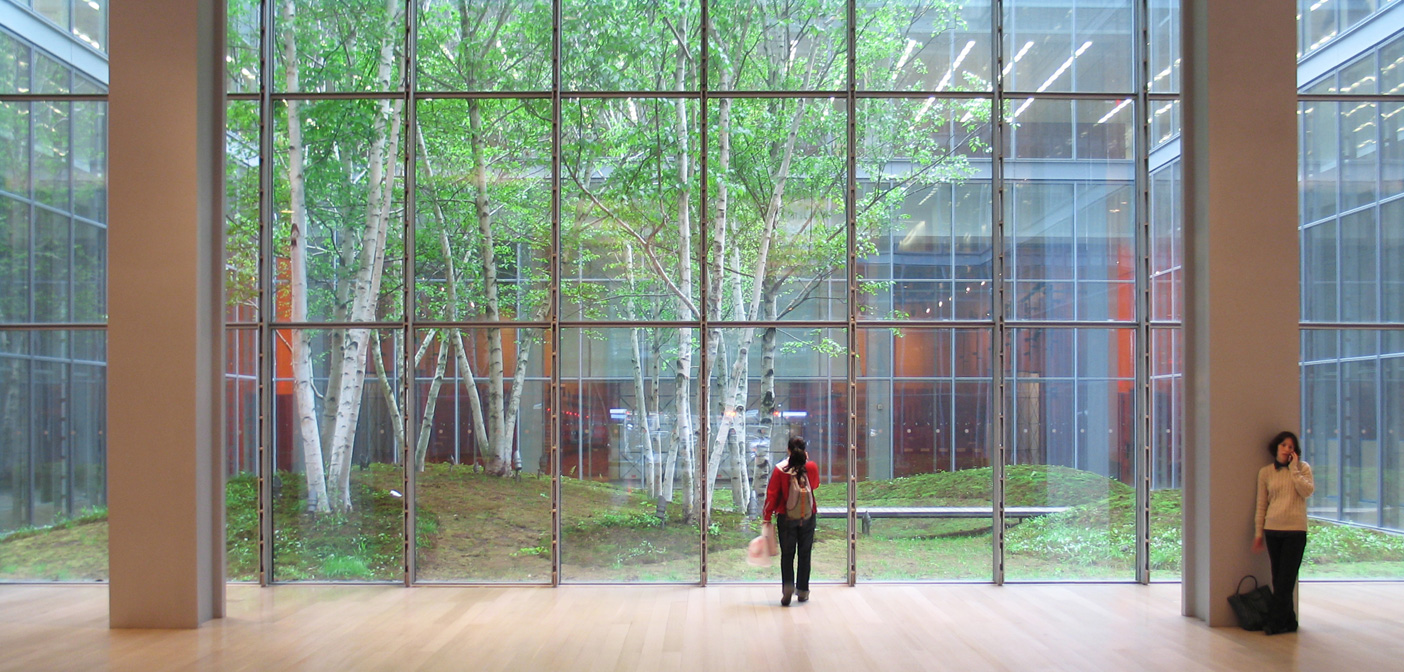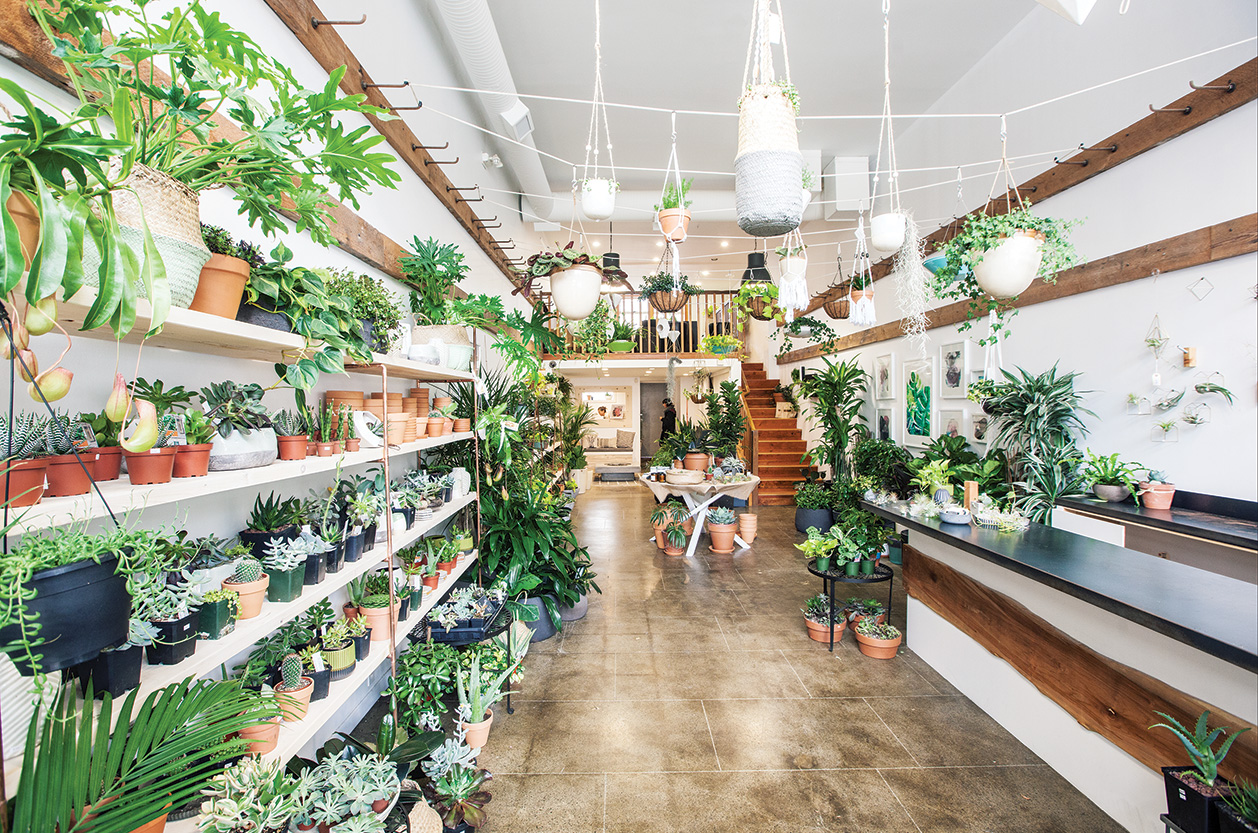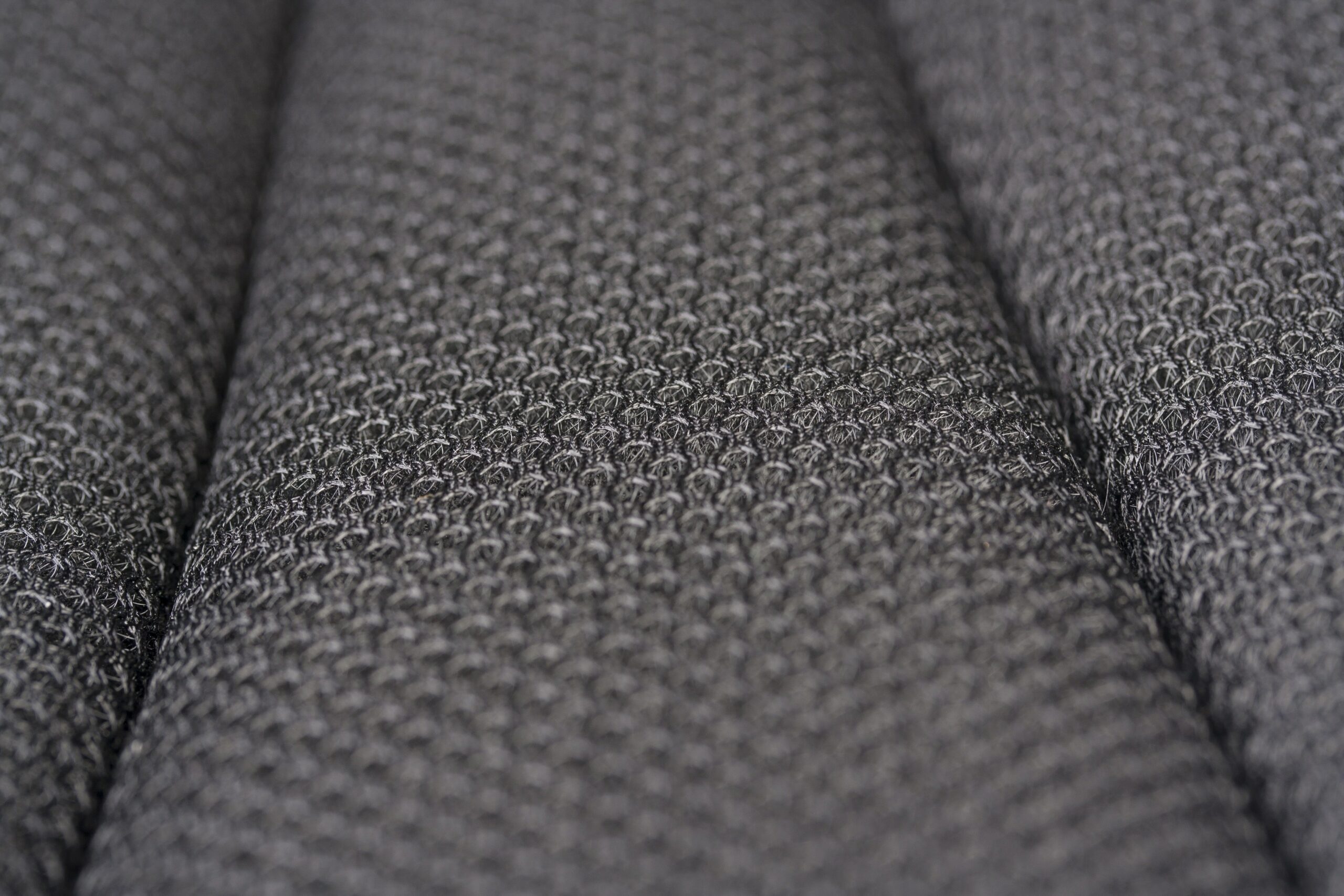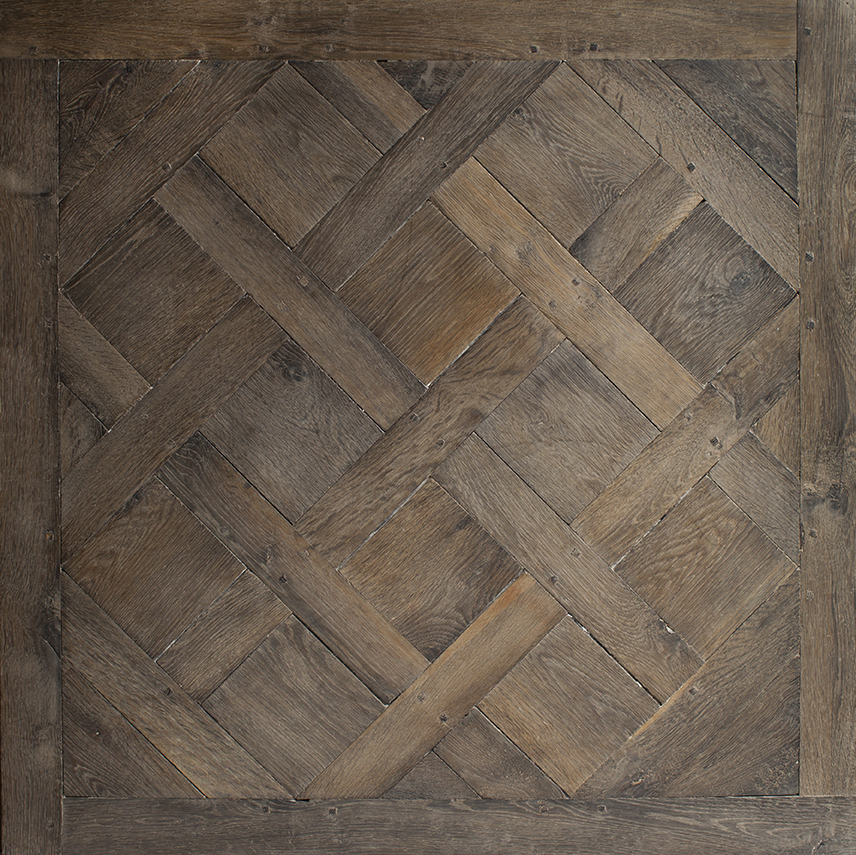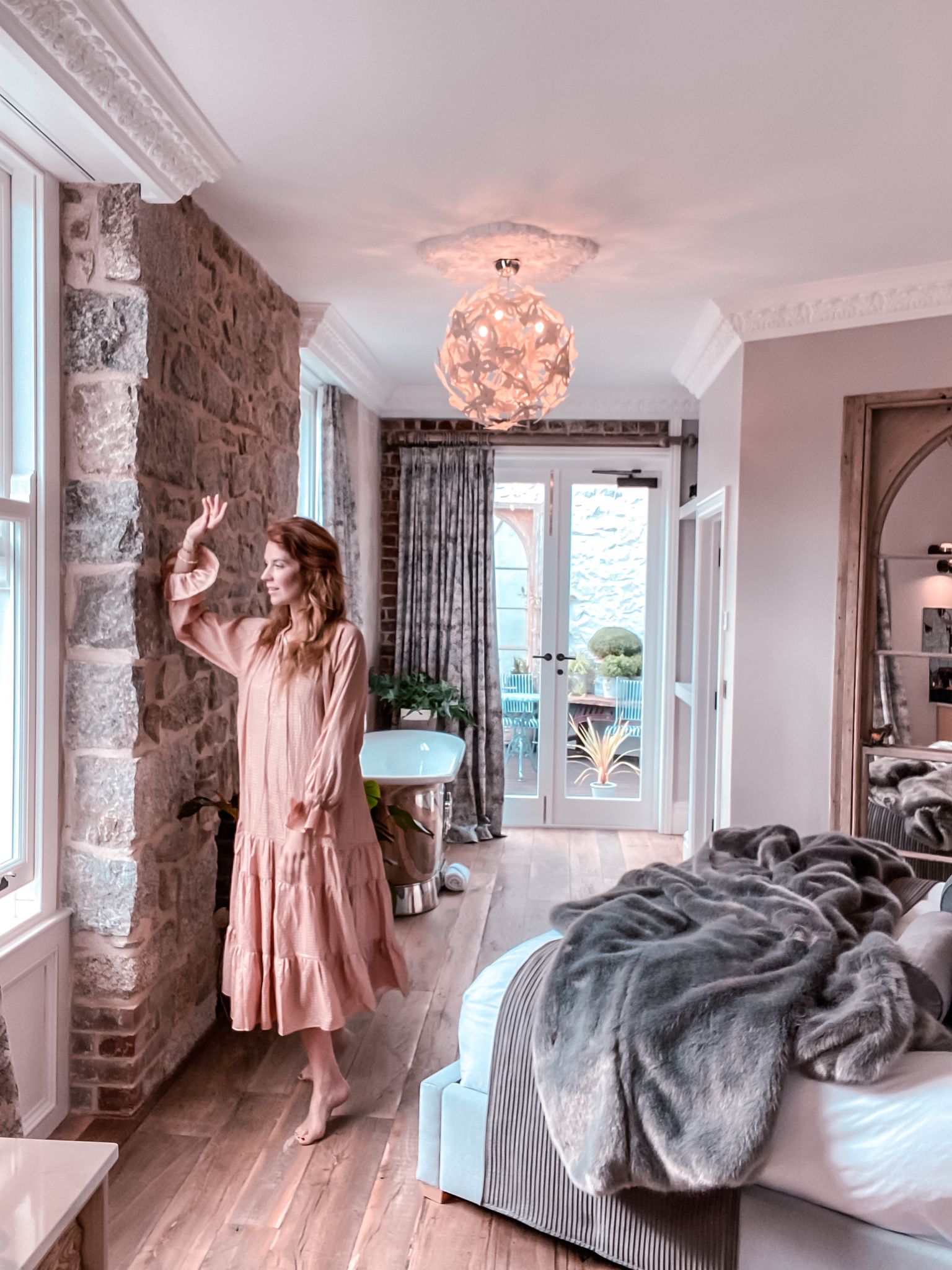
Biophilic design is everywhere, and it’s no surprise.
As we constantly reevaluate what is important to us in our work-home balances, we strive for comfortable and adaptable places.
We talk a lot about the post-covid landscape, and that’s because it is having such a dramatic impact on the way we live both our home lives and work lives. With many people having never returned to a traditional workplace and many companies keen to get employees back on-site, it is equally essential for our workspaces at home and our traditional away-from-home workplaces to be places where we feel well.
Office spaces are becoming increasingly homely, and an astonishing number of our homes have been adapted to include workspaces.
Biophilia is priceless when it comes to creating a space that promotes wellness, happiness and productivity.
It’s a prevalent source of inspiration for many of today’s architects and designers who are tasked with creating these wellness-boosting spaces, which are also mindful of their projects’ long-term impact on our planet and its resources.
Bringing reclaimed wood into space is a wonderfully respectful way to create a biophilia-rich design.
Biophilia in workplaces
Biophilia is about the human instinct to connect to the natural world and how much happier and healthier we feel when we are in nature. We are instinctively driven to seek out these connections, but this can be difficult when such vast amounts of our time are spent indoors.
Design trends of the past 40 years have been heavily built around man-made materials – the plastics, metals and shiny surfaces of the 1980s and 1990s, though, are a far cry from what we now know is good for us.
By incorporating more nature into spaces that traditionally felt cut off from nature, satisfaction and performance will improve.
Wood and plants breathe oxygen into spaces, boosting brain power and concentration and helping us to feel better and relaxed.
By removing the toxic plastics, polyurethanes and concrete popularised by the 1990s and eradicating the minimalism of the early 2000s and 2010s and replacing them with reclaimed wood, stone and glass which look out to nature, spaces can become good for our physical and mental health.
People seek out opportunities to be in spaces which make them feel well.
When biophilic designers create built environments – shopping centres, hotels, hospitality complexes – they have nature at the forefront of the design process.
Natural materials create sensory engagement without overstimulation, essential to feeling well and productive.
The Sensory beauty of reclaimed wood
Reclaimed wood’s beauty gives it a tactile appeal unrivalled in other materials, but it has more to offer designers than just its sensory appeal.
It’s robust and versatile and helps us to feel connected with nature.
The grains, colours and patinas of reclaimed wood can be mesmerising in their complexity; the subtle warm smell wood gives off is reminiscent of walks in the woods and is warm to the touch.
These qualities add to the wellness that reclaimed wood brings into a biophysically designed space but are not its main benefits.
Health Benefits of biophilic design
Biophilic design can help boost human wellness by incorporating so many soothing patterns in nature.
These patterns, or fractals as often referred to, are shown to calm and nurture human well-being, which is no surprise.
This affection for natural fractals comes from the same place in our brains that has us absentmindedly doodling swirls and circles while on the phone or tracing patterns in wood with our fingers as we walk past a flat surface as an inherent form of self-soothing.
Studies have been carried out that show that, compared to minimalist design, people spending time in rooms rich with wood experience lower stress levels, better health and higher levels of happiness.
The biophilic design also lowers blood pressure, heart rate and stress responses. This phenomenon is explained by the naturally relaxing effect of being close to nature.
Additionally, the low volatile organic compounds (VOCs) mean that natural materials do not have the same harmful effects on our health as heavily manufactured or manmade design materials do.
Bringing a Human-Nature Bond into Built Environments
Biophilic design uses nature to create emotional connections between people and their built environment.
While wood of all kinds is more likely to provoke an emotional response than almost any other material, reclaimed wood is yet more expressive.
Reclaimed wood’s special and unique character creates a very particular connection with the humans it shares space with.
As well as incorporating reclaimed wood, biophilic design usually features natural daylight and abundant plants.
Large windows are usually a feature, too; where possible, these should offer views of nature.
When these elements are all used together, the built environment will mimic the natural environment as closely as possible, helping all its inhabitants feel calm and well.
Summary
- Biophilic design is used to increase productivity and wellness
- Biophilic design increases connection to the natural environment through the use of indirect nature – such as reclaimed wood products.
- Biophilic design benefits the physical and mental health of a space’s occupants.






